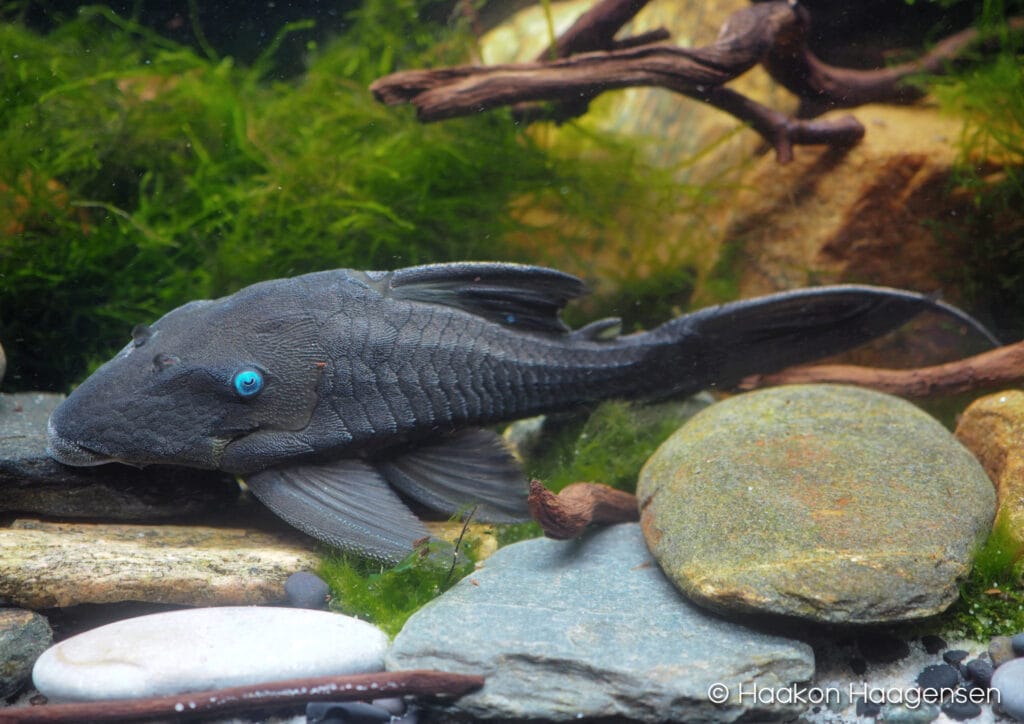

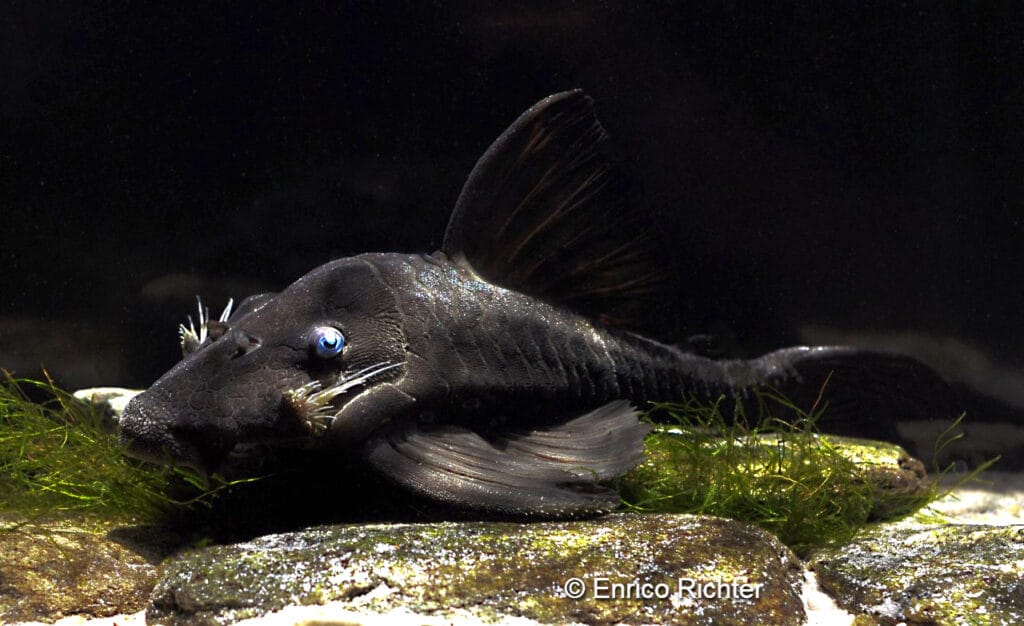
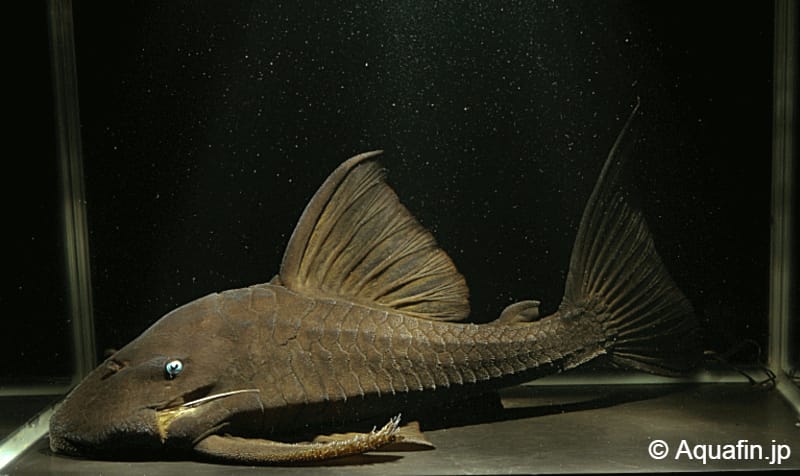
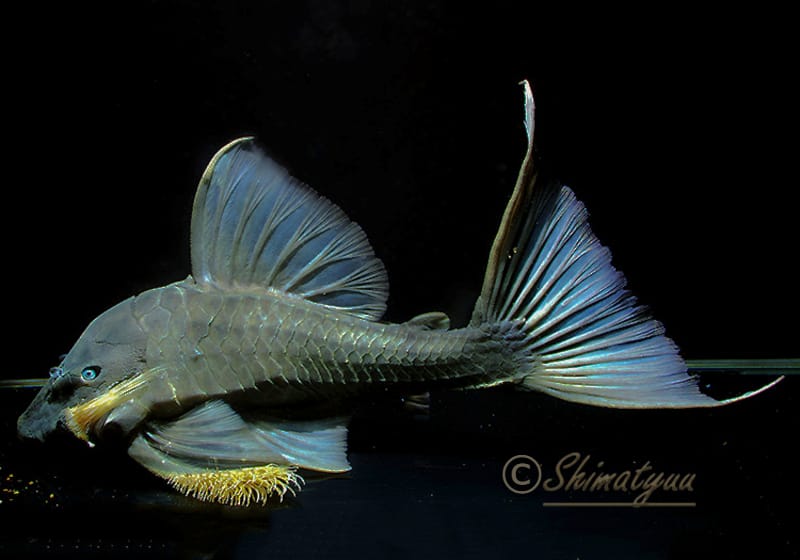
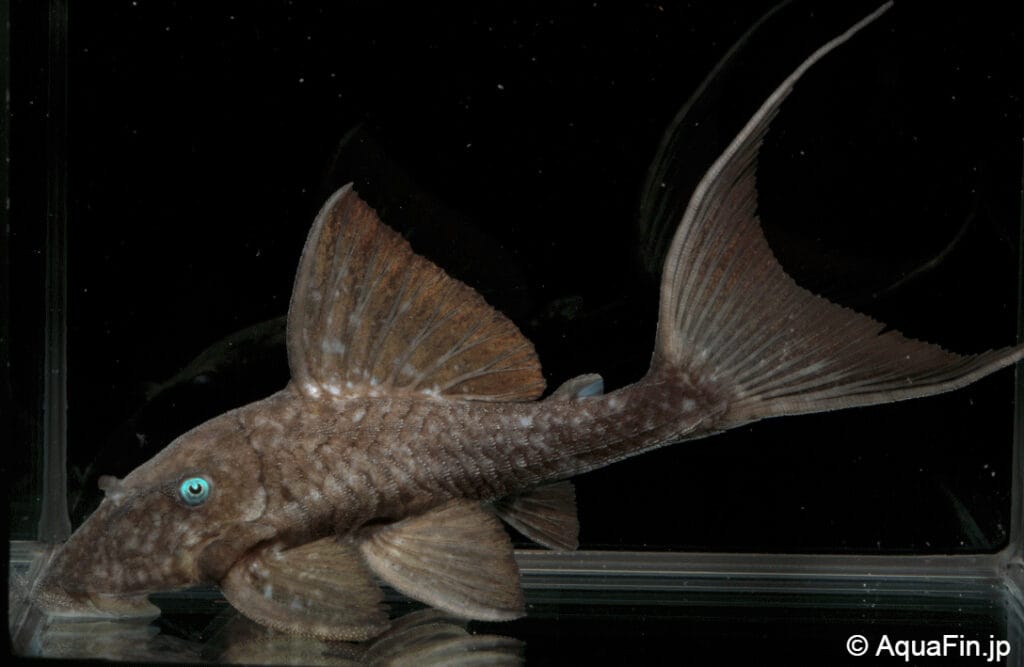
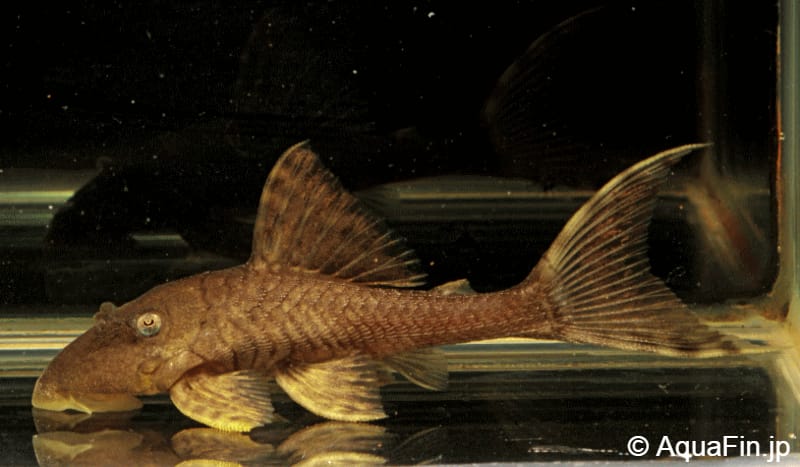
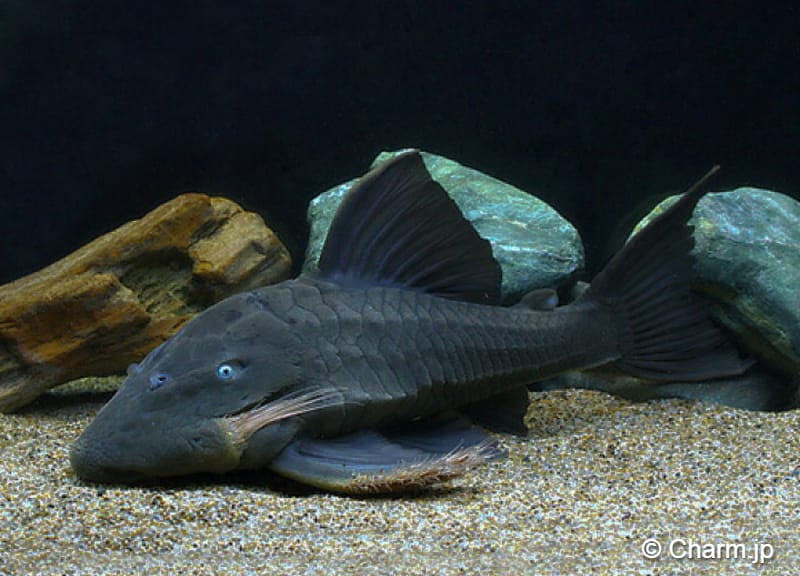
Some Plecos are shrouded in mystery, for various reasons. Among these we find the Blue Eyed Panaque. Those of us who kept fish in the 1980’s and 90’s remember how these Plecos used to be a common sight in local stores, selling for about $50 each. They were always available from Colombian exporters, and several families living by the banks of their natural habitat in the Rio Magdalena system made their income from collecting and selling them. However, in the mid 90’s this all came to a sudden halt. What happened? There are theories claiming environmental disasters, but a more likely explanation is the drug cartel situation in the aftermath of drug lord Pablo Escobar’s death in 1993. The Magdalena and Cauca valleys, where P.cochliodon lives, have been too dangerous for the fish industry to operate in for a long time. The leaders of The Norte del Valle Cartel were caught in 2008, and interestingly enough we started seeing Blue Eyed Plecos coming back into the hobby at the same time. Coincidental or not, it sure is food for thought. The number of specimens entering the trade is however far lower than before, and the prices are almost tenfold. Obviously the guerilla situation in the area is still not a thing of the past, so it’s quite likely that only some collectiong spots are safe, and not the whole distribution area of the species. This also reduces availability. And who knows, maybe someone demands payment to allow the collecting of the fish, which could explain why the price is as high as it is today. Theories, obviously, but again; food for thought.
Another matter which must be considered here is the fact that we are dealing with at least two different species of Blue Eyed pleco. There is Panaque cochliodon from the Rio Cauca and Rio Magdalena valleys, with all their tributaries. This was the species we saw in such great numbers prior to 1996. But, there is a second species; P.suttonorum. This fish is known from the Rio Catatumbo, a Colombian river running down to the Lake Maracaibo in Venezuela. There is a very good article elaborating on this topic, written by Mark Regent and published in Amazonas Magazine January/February 2022. If you are a subscriber, you can read it here. According to this article, and contrary to previous beliefs, it seems P.suttonorum is in fact in our hobby, as Blue Eyed plecos are also collected in the Rio Catatumbo for the ornamental trade. So, to summarize, there may be different morphs of P.cochliodon (Cauca and Magdalena) as well as P.suttonorum in the hobby these days.
Facts:
Name: Panaque cochliodon (Steindachner, 1879)
Trade names: Blue Eyed Pleco
Origin: Rio Cauca, Rio Magdalena, Colombia
Maximum TL: 50 cm / 20”
Large Panaque species like this need a spacious aquarium with very good filtration. Their habit of gnawing on wood produces a lot of waste. Obviously, soft wood must be a part of the decoration of the aquarium. They will also need additional food in the form of vegetables, pellets and some insect / crustacean based food sources. Larger individuals will be territorial towards conspecifics and similar types of Catfish. Breeding reports of Panaque species are not common, but when it does occur it happens in typical Pleco manner, with the male guarding a very large clutch of eggs in a cave of suitable size. Males in breeding mode can be recognized by their prolonged odontodes on their pectoral fins and over their gills. Females will be slightly fuller in their abdominal region.
More info:
